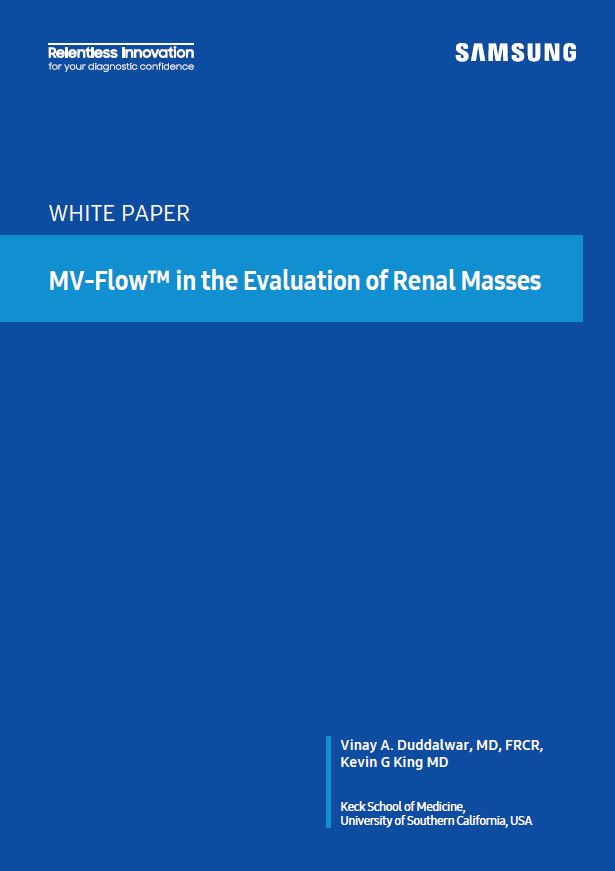Our Website uses cookies to distinguish you from other users of our Website. This helps us to provide
you with a good experience when you browse our Website and allows us to improve our Website and
Services.
A cookie is a small file of letters and numbers that we store on your browser or the hard drive of
your computer if you agree. Cookies contain information that is transferred to your computer’s hard
drive.
We use the following cookies:
Essential cookies. These cookies are required for the operation of our website. They include, for
example, cookies that enable you to log into secure areas of our website, use a shopping cart or make
use of e-billing services.
-
Analytical or performance cookies.
These allow us to recognise and count the number of visitors and to see how visitors move around our
Website when they are using it. This helps us to improve the way our Website works, for example, by
ensuring that users are finding what they are looking for easily.
-
Functionality cookies.
These are used to recognise you when you return to our Website. This enables us to personalise our
content for you, greet you by name and remember your preferences (for example, your choice of
language or region).
-
Targeting cookies.
These cookies record your visit to our Website, the pages you have visited and the links you have
followed. We will use this information to make our Website and the advertising displayed on it more
relevant to your interests.
-
Social cookies.
These cookies help connect with your social channels to share Samsung Healthcare news with whom you
may know for example on LinkedIn, Facebook and Twitter.
Cookie type table
| Cookie Title |
Purpose |
Location |
More Information |
| key |
Strictly necessary cookies |
IT |
user verification cookie |
| ser_id |
Strictly necessary cookies |
All |
user verification cookie |
| JSESSIONID |
Strictly necessary cookies |
All |
login server cookie |
| LOCAL_JSESSIONID |
Strictly necessary cookies |
FR/IT/DE |
login server cookie |
| AWSALBCORS |
Strictly necessary cookies |
All |
AWS-related cookie |
| AWSALB |
Strictly necessary cookies |
All |
AWS-related cookie |
| Ecookie |
Functionality cookies |
All |
destination banner cookie |
| _ga |
Analytical or performance cookie |
All |
Google Analytics-related cookie |
| _ga_gid |
Analytical or performance cookie |
All |
Google Analytics-related cookie |
| showCookiesEn |
Functionality cookies |
All |
sign-up membership banner cookie |
| countCookieEn |
Targeting cookies |
All |
sign-up membership banner cookie |
| _fbp |
Targeting cookies/Social cookies |
All |
Facebook-related cookies |
| idprivacy |
Functionality cookies |
FR |
N/A |
| idsession |
Functionality cookies |
FR/IT/DE |
N/A |
| seenRecently |
Functionality cookies |
DE |
N/A |
We do not share the information collected by the cookies with any third parties.
You can block cookies by activating the setting on your browser that allows you to refuse the setting
of all or some cookies. However, if you use your browser settings to block all cookies (including
essential cookies) you may not be able to access all or parts of our website.
All cookies will expire after 30 days.
Please note that the following third parties may also use cookies, over which we have no control.
These named third parties may include, for example, advertising networks and providers of external
services like web traffic analysis services. These third party cookies are likely to be analytical
cookies or performance cookies or targeting cookies:
Google : https://policies.google.com/technologies/cookies?hl=en-US
LinkedIn : https://www.linkedin.com/legal/cookie-policy
Facebook : https://www.facebook.com/policy/cookies/
AWS : https://aws.amazon.com/privacy/
To deactivate the use of third party advertising cookies, you may visit the consumer page to manage
the use of these types of cookies [consent management
solution]
You can also update your browser settings at any time, if you want to remove or block cookies from
your device (consult your browser's "help" menu to learn how to remove or block cookies). Samsung
Electronics is not responsible for your browser settings. You can find good and simple instructions on
how to manage cookies on the different types of web browsers at http://www.allaboutcookies.org .
Please be aware that rejecting cookies may affect your ability to perform certain transactions on the
website, and our ability to recognize your browser from one visit to the next.


